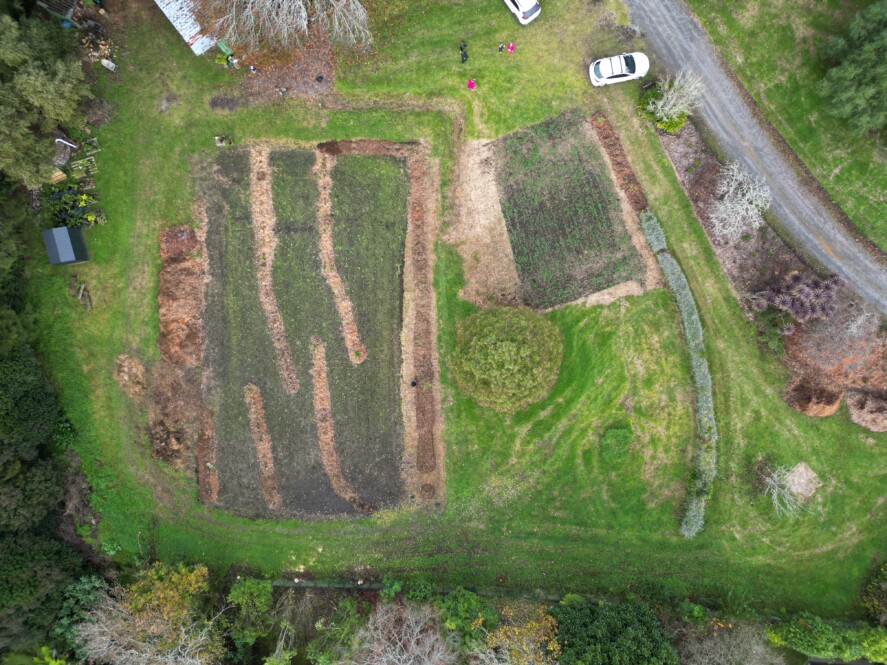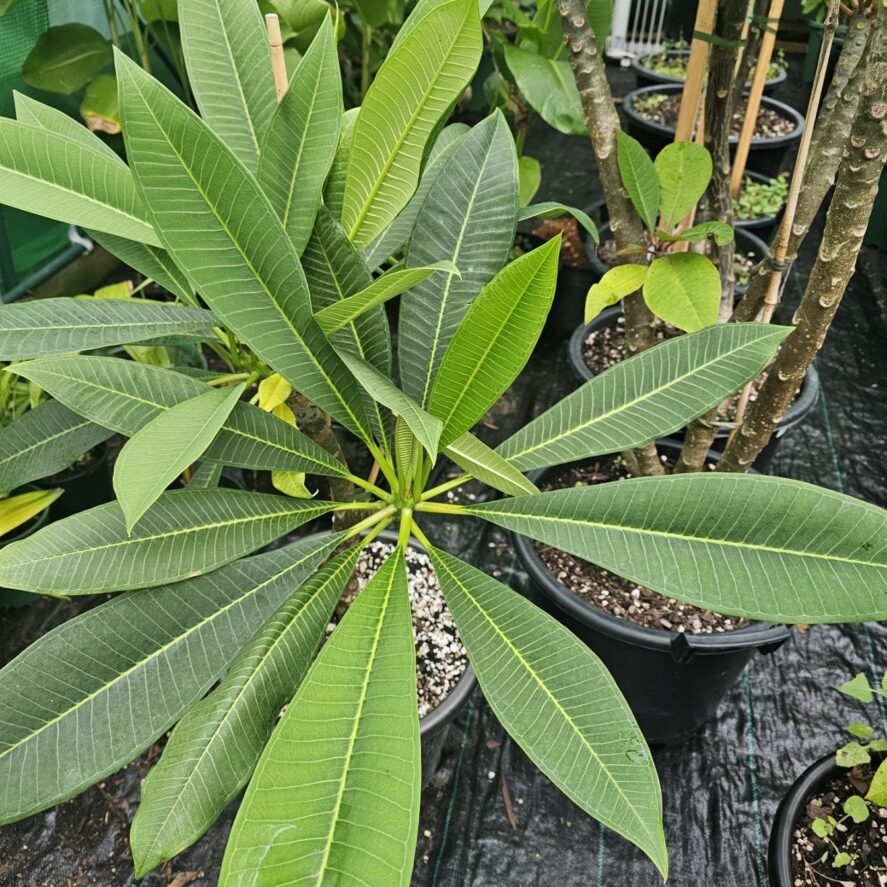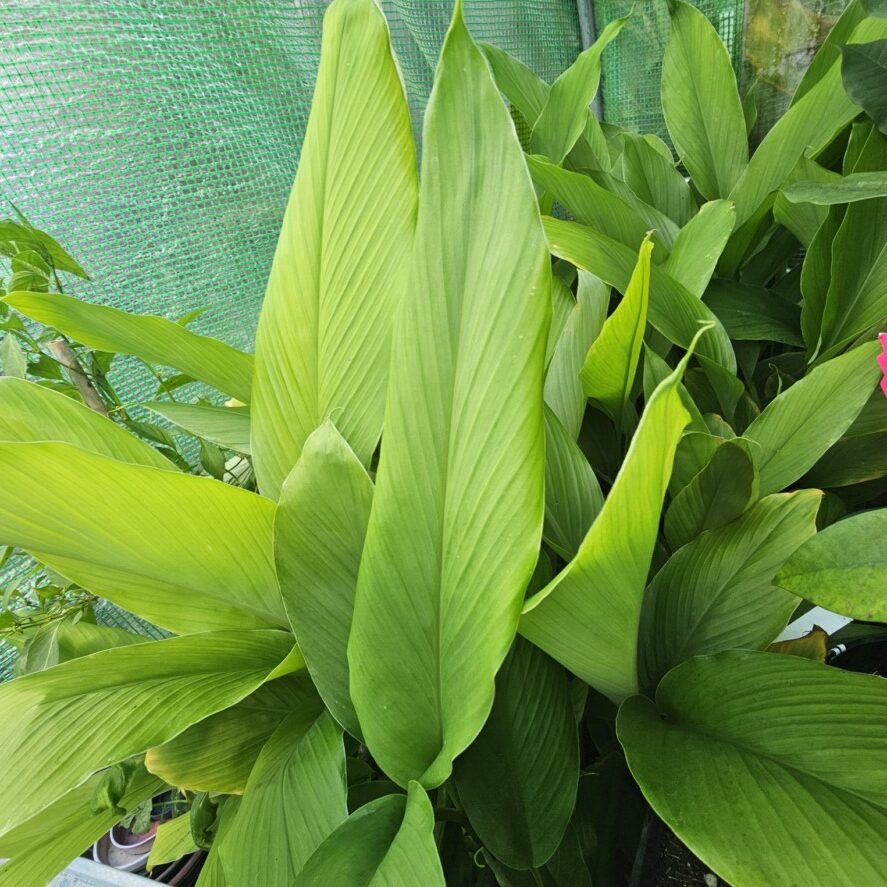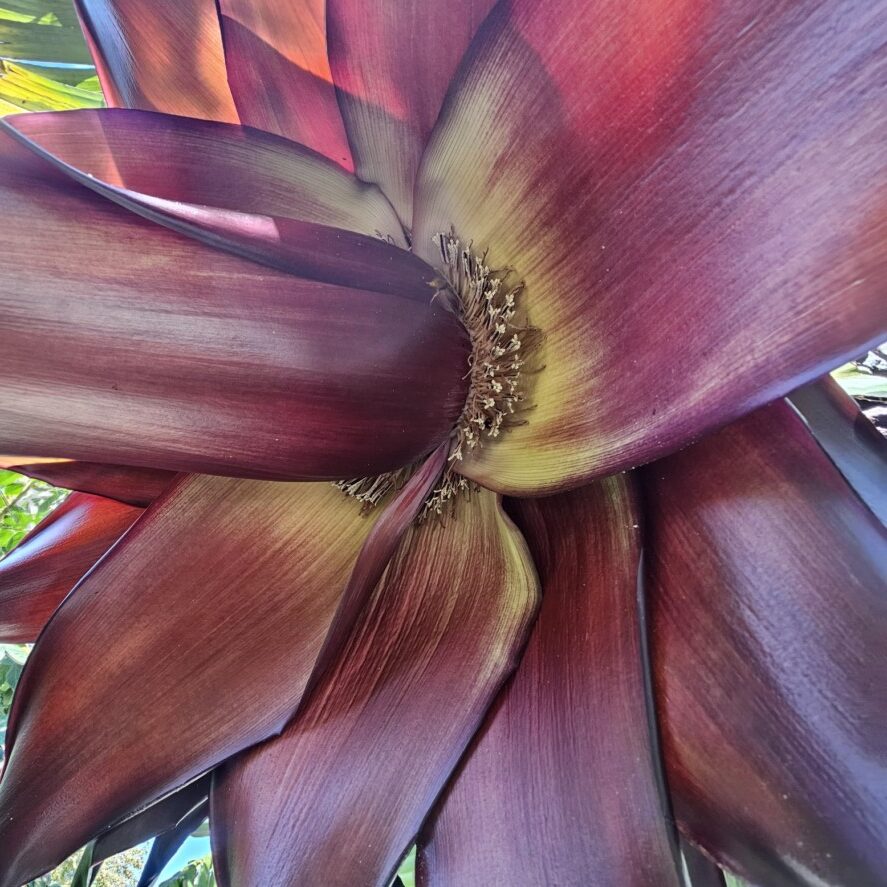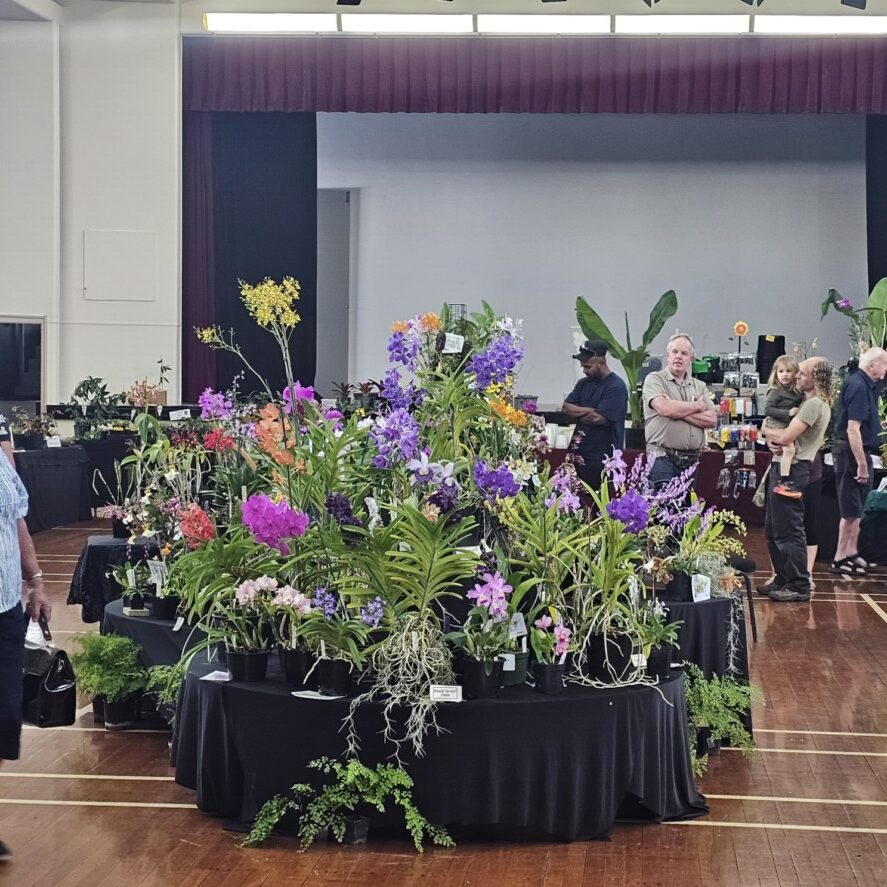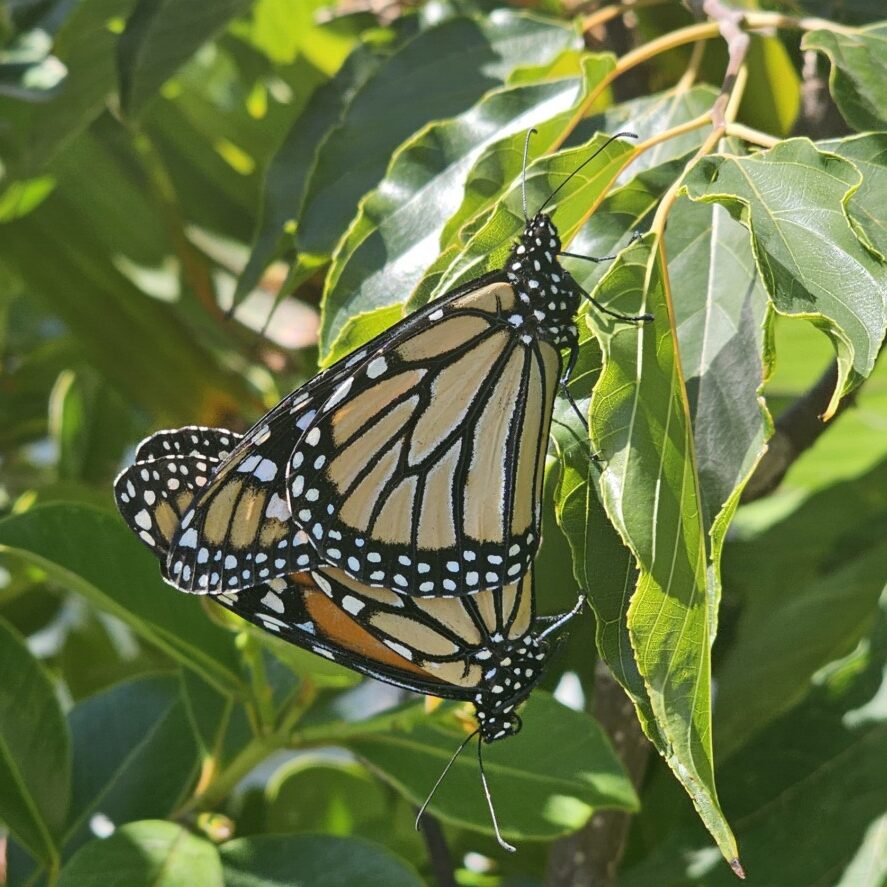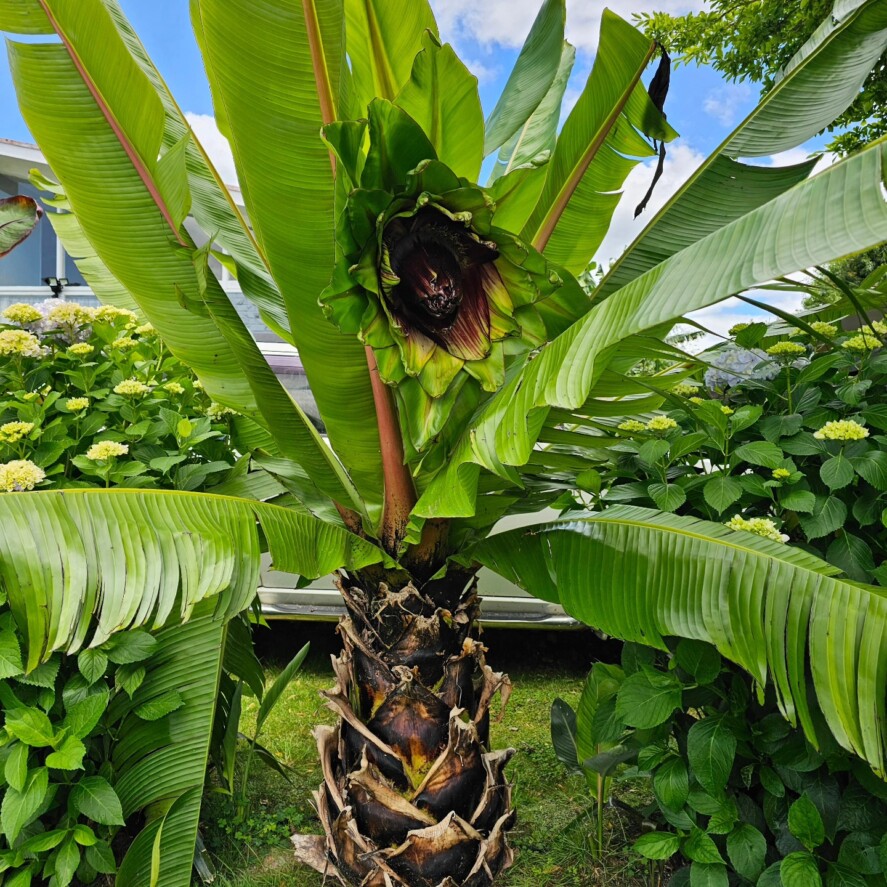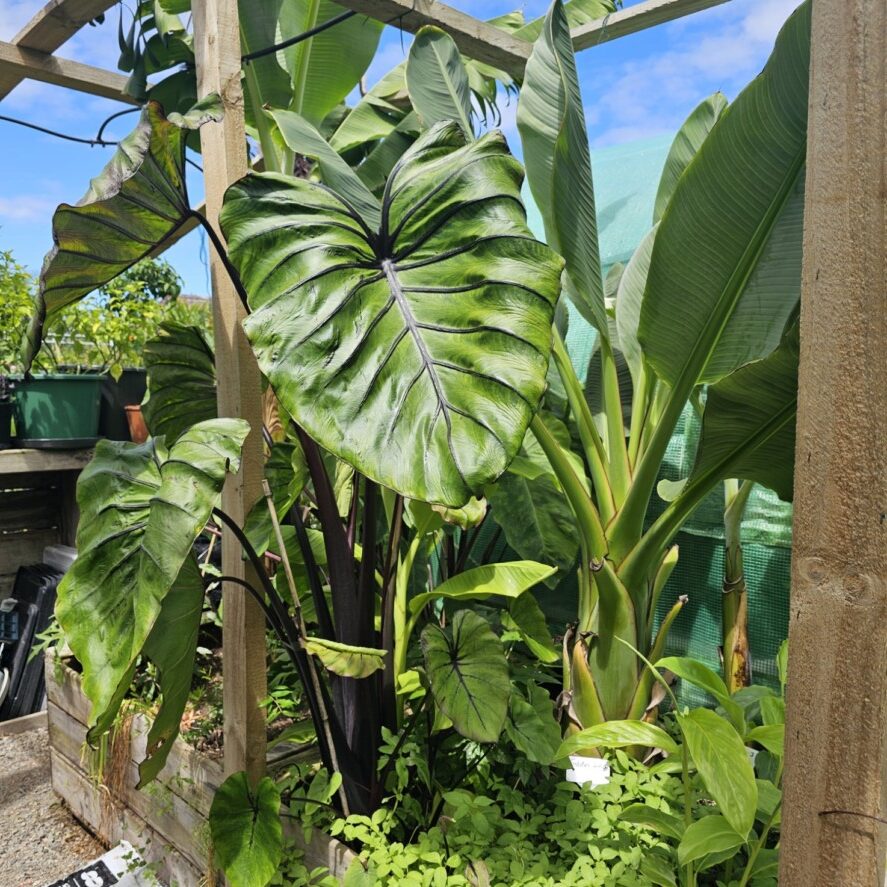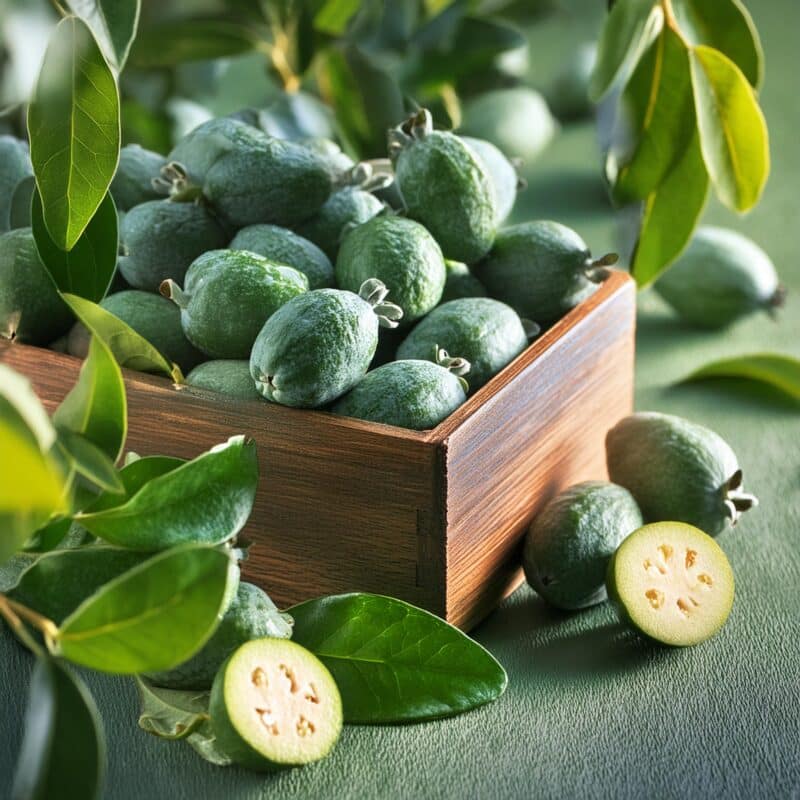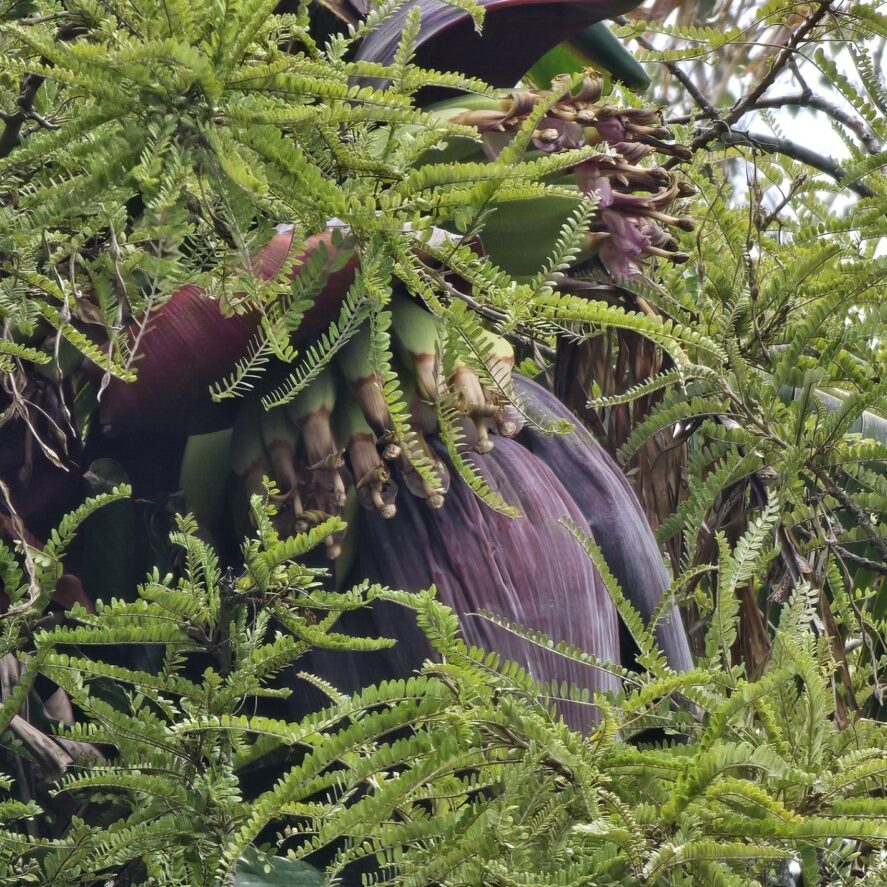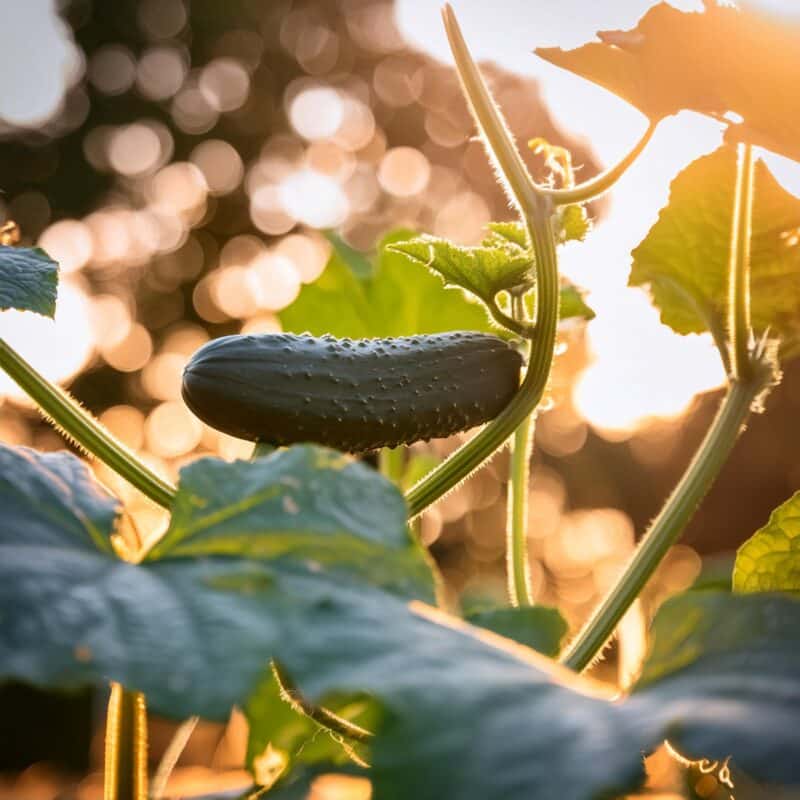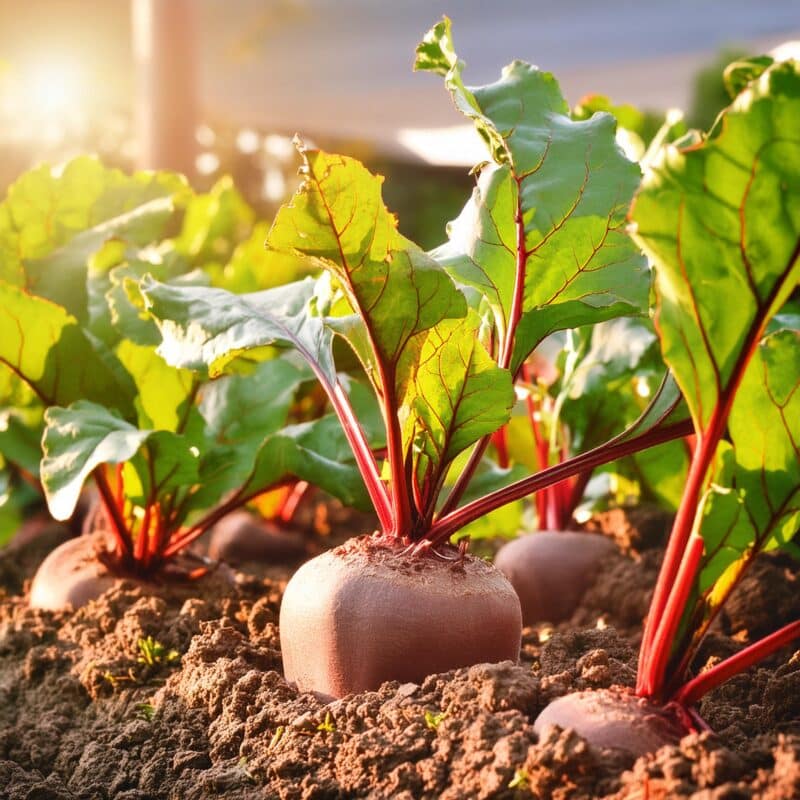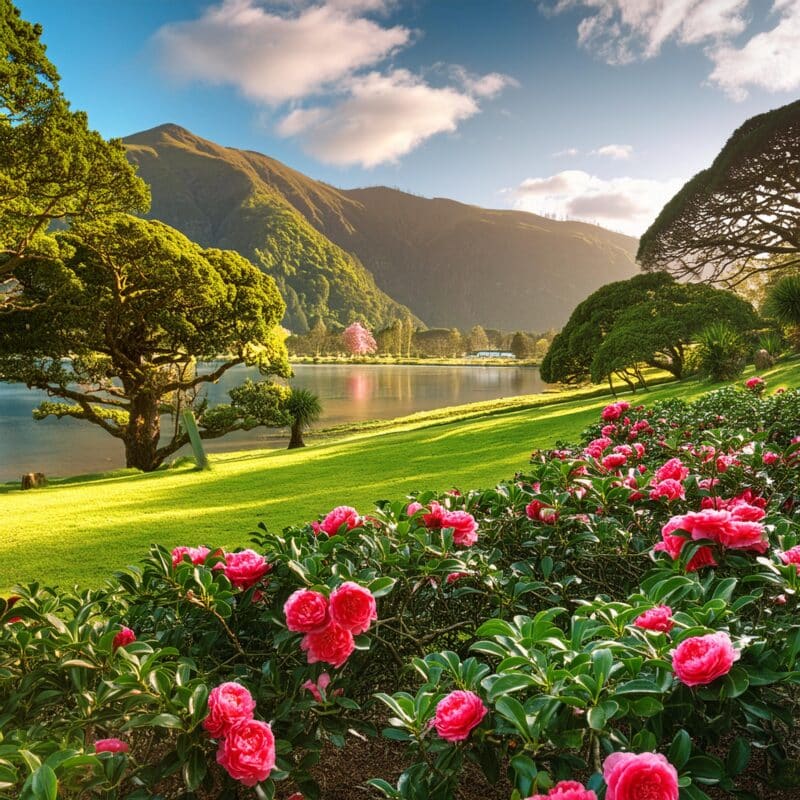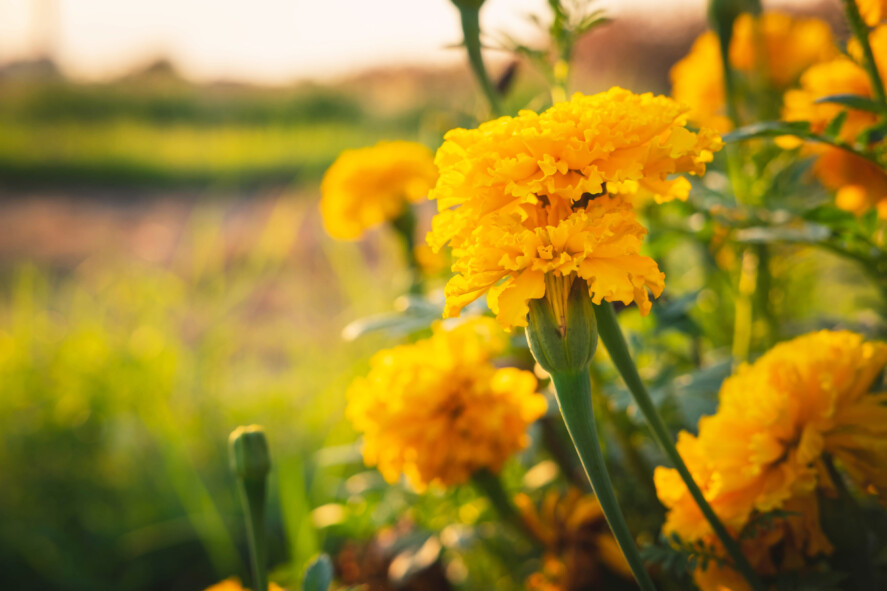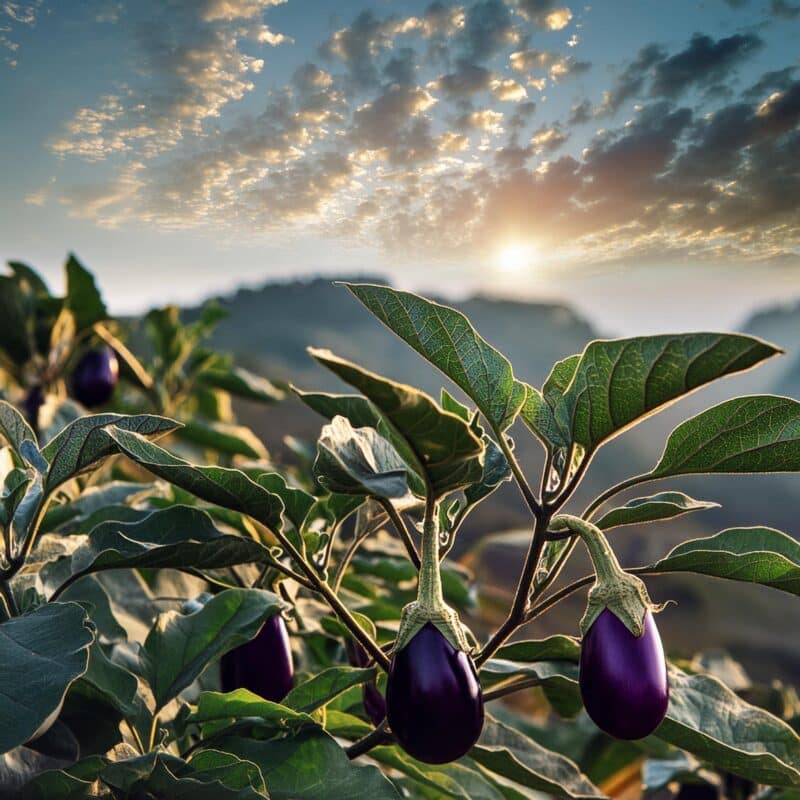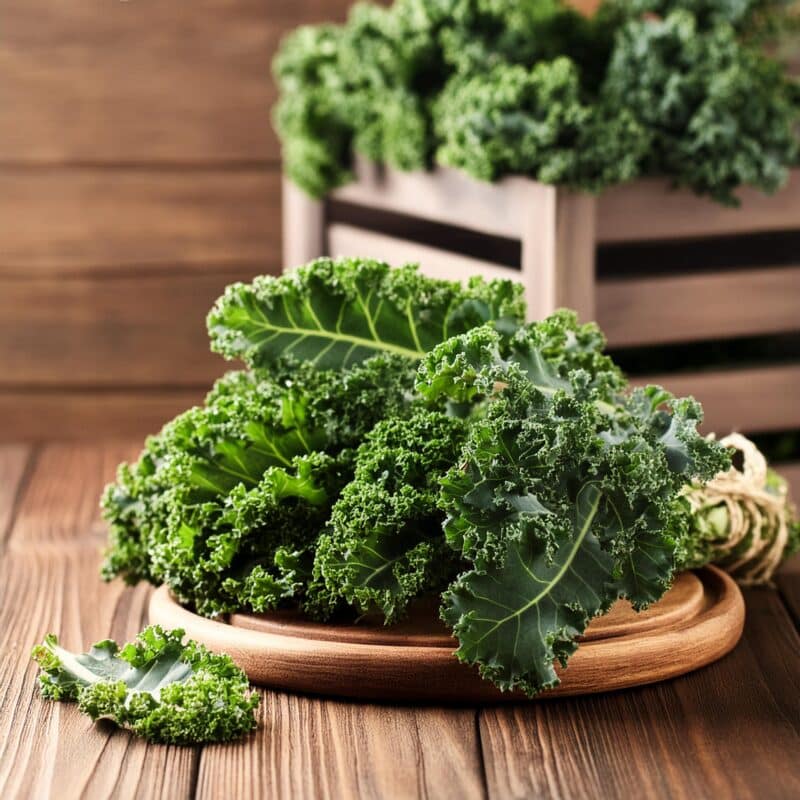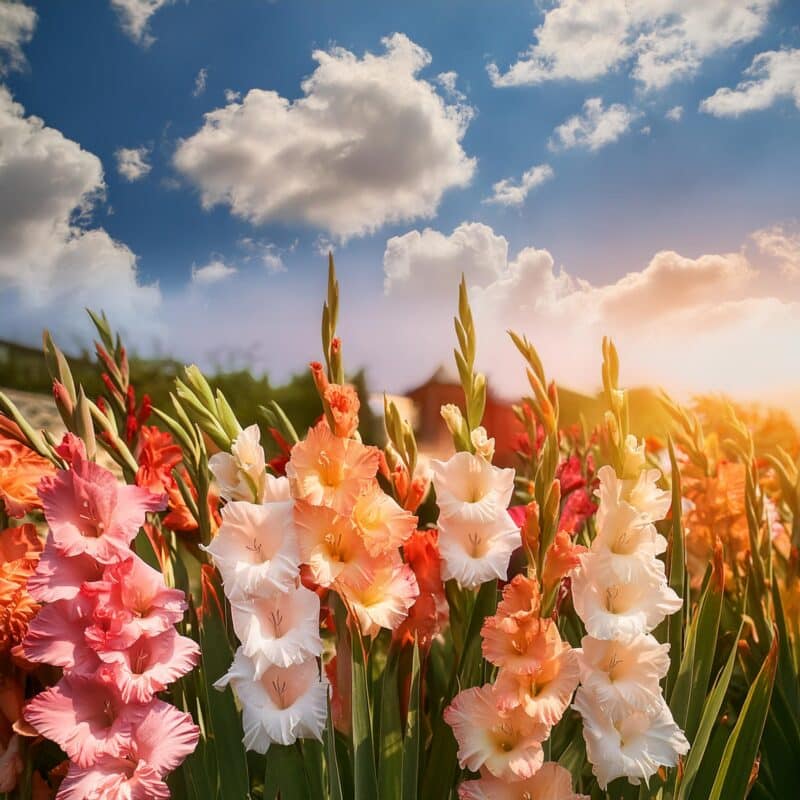
Tag Archives: New Zealand gardening
A Day of Transformation: Diving Deep into the Te Puna Food Forest Install
Today, the air in Te Puna buzzed with excitement and the promise of a greener future as the Food Forests Tauranga Group hosted a highly anticipated Food Forest Install at Lindsay and Scotty’s picturesque property. This wasn't just a planting day; it was a masterclass in ecological design, transformi...
Best Soil Amendments for Te Puke’s Soil Conditions: A Local Guide
Welcome to Troppo.nz, your go-to source for all things growing in our beautiful corner of the world, Te Puke! Whether you're a seasoned gardener or just starting to get your hands dirty, understanding your soil is the first step to a thriving garden or orchard. Here in the Bay of Plenty, we're bless...
Supercharging Your Te Puke Harvest: Advanced Techniques for an Extended Growing Season
We all love the bounty of a Te Puke garden, but what if you could push the boundaries and enjoy fresh produce even longer? Building on our previous tips, this post dives into more advanced techniques, including grow tents, heat mats, in-soil heating, and the crucial element of experimentation, to tr...
Growing Tropical Plants in NZ: 100 Fascinating Facts You Need to Know
Here are 100 unique and interesting facts about growing tropical plants in New Zealand:
New Zealand's Northland region boasts the warmest average temperatures, making it ideal for many tropical species.
The Kermadec Islands, despite being part of NZ, experience a truly tropical climate unlik...
🌿 Bay of Plenty Orchid Show Blooms Bright in Rainy Te Puke
The Bay of Plenty Orchid Society hosted its annual orchid show over the weekend at the Te Puke Memorial Hall. The event took place on Friday and Saturday, running from 10am to 4pm each day.
Visitors enjoyed a stunning variety of orchid displays presented by both the Bay of Plenty Orchid Society and...
Attracting Pollinators to Your Urban Food Forest: Essential Plants and Techniques
Welcome, green thumbs and aspiring urban farmers! Here at Troppo.nz, we believe that even in the heart of our towns and cities, we can cultivate thriving food forests bursting with life. A crucial ingredient for a successful and productive urban food forest is a healthy population of pollinators. Th...
A Green Encounter: When Green and Wild Visited Troppo’s Urban Tropical Food Forest
It's not every day that your passion project catches the attention of someone who shares your vision for a greener, more sustainable world. That's exactly what happened when Bahareh from Green and Wild visited our Troppo urban tropical food forest and nursery in Te Puke, Bay of Plenty. The excitemen...
Introducing TROPPO’s Kai and Canopy – Growing, Harvesting, and Feasting Together! 🌱🍽️
Welcome to TROPPO's Food Forest Kai and Canopy, our YouTube channel where we take you on a journey from plant to plate! 🌿🥑🍍 Whether you’re a tropical grower, a food forest enthusiast, or just someone who loves the idea of harvesting your own kai, this channel is for you!
What You Can Expect on TR...
Banana Ensete ventricosum (Ethiopian Banana, Green Abyssinian Banana)
Just as you explore the rich biodiversity of banana plants, you’ll discover the unique qualities of Ensete ventricosum, commonly known as the Ethiopian or Green Abyssinian Banana. This fascinating plant is not only valued for its agricultural significance in Ethiopia but also for its striking orname...
Creating a Thriving Food Forest with Tropicals in Te Puke
In Te Puke, Bay of Plenty, we are bringing together a diverse selection of plants to create a thriving food forest, incorporating a mix of tropical and subtropical species suited to our unique climate. By carefully selecting and layering plants—ranging from hardy bananas and taro to rare exotic frui...
Colocasia esculenta ‘Pharaoh’s Mask’ – A Statement Plant for Your Garden
Few plants command attention quite like Colocasia esculenta 'Pharaoh’s Mask'. This striking elephant ear variety boasts deep green, heavily veined leaves with dark, almost black ridges that create a dramatic, sculptural effect. The veins protrude outward, making the foliage appear almost three-dimen...
Citrus Growing Guide for New Zealand: From Seed to Juicy Success! 🍋🌿
Get ready to transform your garden into a citrus wonderland! Growing citrus trees in New Zealand is a rewarding adventure, offering delicious fruit and a burst of vibrant color to your outdoor space. Whether you're dreaming of juicy lemons, sweet oranges, or zesty limes, our fun and comprehensive gu...
Feijoa Growing Guide for New Zealand: Sweet, Tangy, and Easy to Grow! 🌿🍈
5 Steps to Feijoa Success Autumn and spring are an ideal time to plant feijoas in most areas of New Zealand. Plant at least two different varieties. Even self-fertile varieties will produce a better crop if pollinated by other varieties. Prepare your soil with organic matter like compost and sheep pellets. Add a layer of citrus & fruit mix to plant into. Feed fejioas regularly from spring to harvest. Water deeply and regularly from mid to late summer when the fruit is developing and ripening. Follow our full guide below to a bumper crop of homegrown feijoas.
Misi Luki Banana – A Hardy, Prolific, and Versatile Tropical Fruit for New Zealand Gardens
Musa 'Misi Luki' is a beloved banana variety known for its resilience, sweet fruit, and ability to thrive in various growing conditions. Originating from the Pacific Islands, this cultivar has gained popularity among New Zealand growers for its adaptability and reliable fruiting. With its creamy, de...
Cucumber Growing Guide for New Zealand: Fresh and Crunchy Success! 🥒🌿
5 Steps to Cucumber Planting Success Create a support structure or frame for cucumbers to grow up. Choose a warm, sunny spot. Spring and summer are the best times to plant cucumbers in New Zealand. Prepare your soil with organic matter like compost and sheep pellets, then add a layer of vegetable mix to plant into. Water and feed your cucumbers regularly as they grow in spring and summer. Also ensure good ventilation around plants. Harvest cucumbers regularly to encourage flowering and fruiting. Follow our full guide below to a bumper crop of homegrown cucumbers.
Beetroot Growing Guide for New Zealand: From Seed to Sweet Success! 🌱🌟
5 Steps to Beetroot Planting Success Choose a spot in full sun and prepare your soil with organic matter like sheep pellets and compost. Add a layer of vegetable mix to plant into. Beetroot can be planted year round in New Zealand. Plant beetroot in rows about 50cm apart. Feed beetroot with vegetable food throughout the growing season. Water regularly and keep the soil moist. Follow our full guide below to a bumper crop of homegrown beetroot.
Pear Growing Guide for New Zealand: Juicy Delights from Your Garden! 🍐🌿
5 Steps to Pear Planting Success Choose an open, sunny position sheltered from strong winds for your pear tree. Pears are partially self-fertile. Prepare your soil with organic matter like compost and sheep pellets. Add a layer of citrus and fruit mix to plant into. In New Zealand winter is the optimum time to plant pear trees. Feed your pears in spring and summer to encourage maximum flowering and fruiting. Mulch and water well, particularly over the warmer months. Follow our full guide below to a bumper crop of homegrown pears.
Camellia Growing Guide for New Zealand: Blooming Beauties in Your Garden! 🌸🌿
5 Steps to Camellia Success Choose a sheltered spot, protected from harsh midday sun, strong winds and frosts. Spring is the best time to plant camellias in New Zealand. Prepare your soil with organic matter like compost and sheep pellets. Add a layer of rose & shrub mix to plant into. Feed after flowering and once again during its growing season. Water regularly to keep the soil moist, and mulch around the plants to protect its shallow roots. Follow our full guide below for quintessential camellias.
Vibrant Marigold Growing Tips: Your Essential Guide for New Zealand Gardens
Marigolds are well-known for the riot of colour they produce for around six months of the year. They are available in a wide range of colours from yellows, limes and creams to just about every shade thinkable of orange and bronze. Marigolds are a reliable companion plant as they help keep away aphids.
Eggplant Growing Guide for New Zealand: From Seedling to Scrumptious! 🍆🌿
5 Steps to Eggplant Planting Success Choose a sunny, sheltered spot in your garden. Prepare your soil with organic matter like compost and sheep pellets. Add a layer of vegetable mix to plant into. Eggplants need a long, hot summer to produce and are best grown from spring after frosts. Feed every four weeks with vegetable food. Add a layer of mulch and keep your eggplants well watered. Follow our full guide below to a bumper crop of eggplants.
Blueberry Growing Guide for New Zealand: Sweet Berries, Happy Plants! 🌿🍇
5 Steps to Blueberry Success Plant a combination of blueberry varieties of the same type to ensure good cross pollination. Choose a sheltered, well drained position in full sun and prepare your soil with organic matter like compost or sheep pellets. Add a layer of strawberry mix to plant into. Blueberries can be planted year-round in New Zealand. Feed blueberries in spring and summer with citrus food, and prune dead or diseased wood and branches in winter. Water to keep moist throughout the growing season. Follow our full guide below to a bumper crop of homegrown blueberries.
Kale Growing Guide for New Zealand: Leafy Greens for Every Season! 🌿🥬
Bursting with goodness, these hardy no fuss vegetables are brilliant crops to plant in the winter garden. Kale is a superfood in every sense of the word. This fantastic leafy green can be used both fresh and cooked. It is a quick growing crop for the cooler months, and it looks highly attractive in the garden too.
Gladiolus Growing Guide for New Zealand: Spectacular Blooms in Your Garden! 🌸🌿
Tall, elegant and definitely stylish, Gladiolus (Gladys) are ideal floral centrepieces in both the garden and the vase. Once thought of as old-fashioned, these regal bulbs are finding new homes in gardens all over New Zealand. Grown for their amazing flowers, Gladys are perfect for picking. Little else has the form and structure that these plants do. Gladys come in a huge number of varieties and colours featuring most shades of the rainbow.

